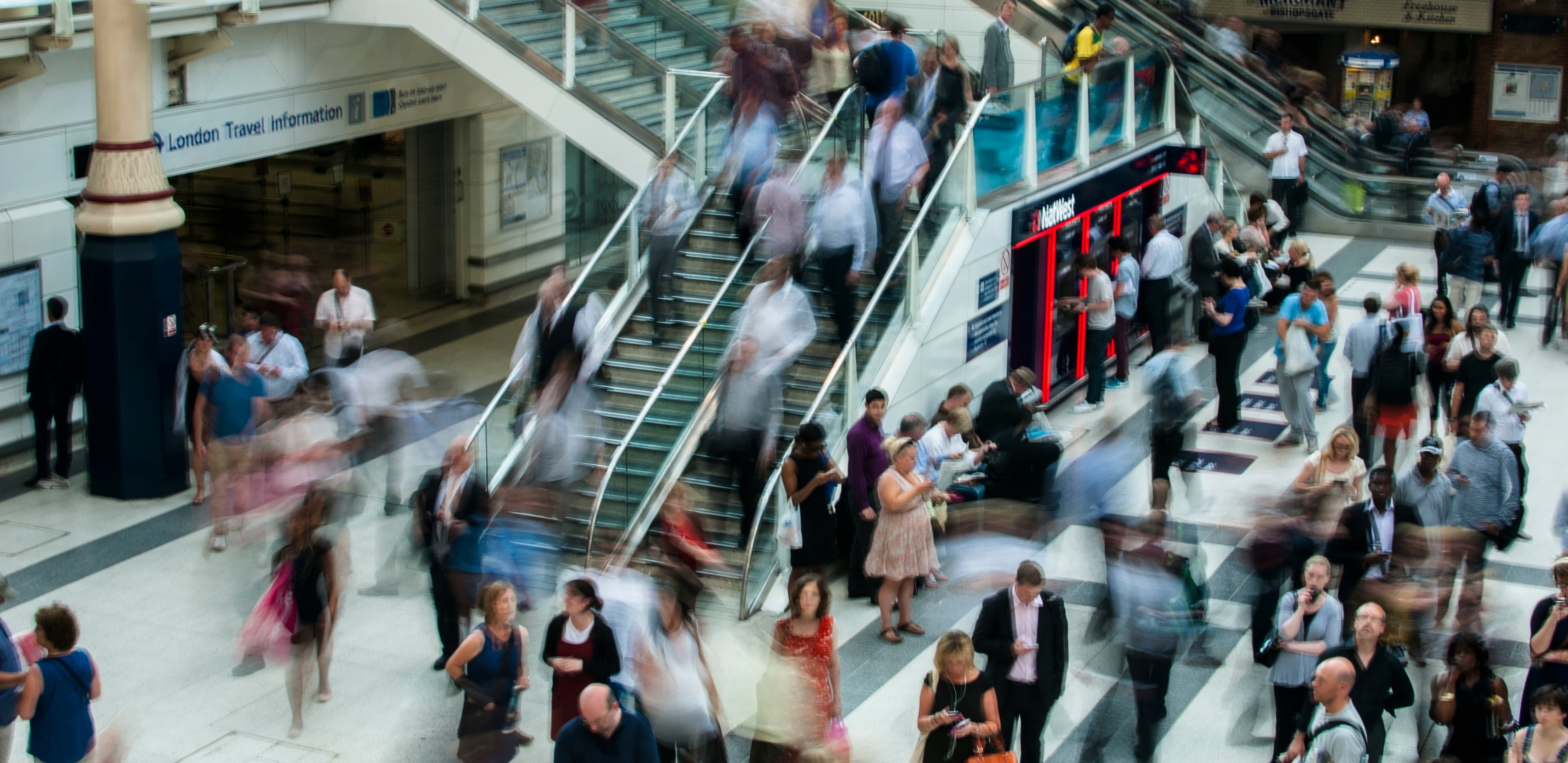
It seems that our pace of life is speeding up, and that we are walking faster than ever. Why is it so? Find it out in our study on walking speed and stress – if you have time, of course.
Thanks to data collected from Withings activity trackers, we were able in the past to analyze the number of steps walked per day in several countries. This information tell us about the physical activity levels in these countries.
This time, we have decided to study another metric: the walking speed. The walking speed gives us an indication of the everyday rhythm of our lives. It tells us how calmy or hurriedly we walk in the morning to catch the bus or subway, or in the evening stopping by the market to buy some groceries.
It is important to point out that walking fast is frequently linked to the stress characteristic of large metropolitan areas. The urban lifestyle would induce people to feel in a rush and speed up.
Walking speed in the US: Boston and San Francisco at the top of the list
The first part of the analysis conducted by Withings consists of ranking major American cities according to the average walking speed.
[raw]
[/raw]
According to this analysis, the fastest walkers are the residents of Boston and San Francisco. They are followed by New York, Chicago, Seattle, and Washington DC. Los Angeles appears in 8th only among the 14 cities of the study. Less populated cities such as Jacksonville and Oklahoma City are ranked at the bottom of the list.
By inspecting this ranking, we ask ourselves the question: is walking fast typical of large urban centers? To test this hypothesis, we have studied the relationship between walking speed and a city’s population density.
The fast-paced lifestyle of dense urban environments
In the following visualization, we represent the walking speed against the population density (in logarithmic scale), for the same cities that figured in the previous analysis.
[raw]
[/raw]
The layout of the points in the graph suggests a linear relationship between the two variables. It is in fact possible to calculate the statistical parameters of the corresponding linear regression model (line shown in red): the p < 0.0001 value indicates that the relationship between the variables is statistically strongly significant, and the R2 = 0.76 coefficient indicates that the regression line covers well the points of the sample.
Therefore, in the US, walking speed is strongly linked to population density: the more a region is densely populated, the more its inhabitants walk hurriedly.
Stress and the City
How do we explain this result? Several scientific studies (see the full study here for the references) link walking pace to stress levels, which are more pronounced in urban settings.
Some studies suggest that overcrowding and the impersonal environment often found in major cities induce certain behaviors, such as walking quickly, that attempt to reduce “social interference”. Increased walking speed would therefore be a response to the urban sensory overload, aimed at reducing as much as possible the level of stimulation coming from an external environment.
Other studies add that in large cities, both salaries and the cost of living are higher. As a consequence, time acquires a higher economic value, and people rush more.
The influence of commuting times
Increased daily commuting times are often reported as a factor contributing to poor life quality and elevated levels of stress. We see that cities known for having high average home-to-work travel times, such as San Francisco and New York, appear ranked among the fastest walkers.
In this context, we wanted to see if a correlation between walking pace and commuting time could be observed. The answer can be found in the following chart, in which average travel times (based on U.S. Census Bureau data) are represented against walking speeds.
[raw]
[/raw]
Here again, we observe a strong correlation. This is not surprising as we can easily imagine that people spending long hours on daily journeys wake up earlier or come back home later, and in consequence, tend to rush more.
How to beat city stress
Crowded subways, traffic jams, pollution, noise… Living in a big city can be stressful. How to beat the stress of urban life?
Start by taking your time. Slow down from time to time, and focus on your activities and tasks. By wanting to do everything at the same time, you risk being unproductive, and stressing yourself out needlessly .
Then, remember to eat healthy. A balanced diet will provide you the energy necessary to cope with everyday situations with vitality and dynamism. Eat slowly, and try to limit the caffeine, theine, and alcohol consumption. These substances can amplify anxiety or irritability.
Finally, get that blood pumping and break a little sweat. Exercising is an excellent way to let off steam, while maintaining or improving your shape. Physical activity stimulates the production of endorphins, hormones that act as a natural stress reliever by generating a sensation of well-being.
About the study
This study was conducted by the Withings Health Institute, based on data from a panel of 55,000 users of Withings activity trackers. You can download the full study here.
The walking speed was calculated on the basis of periods of continuous walking of at least 3 minutes. We excluded periods of other types of activity, such as running.
Withings guarantees the confidentiality of personal data and protects the privacy of all its users. Therefore, all data used for this study was rigorously anonymized and aggregated.
[raw]
[/raw]


